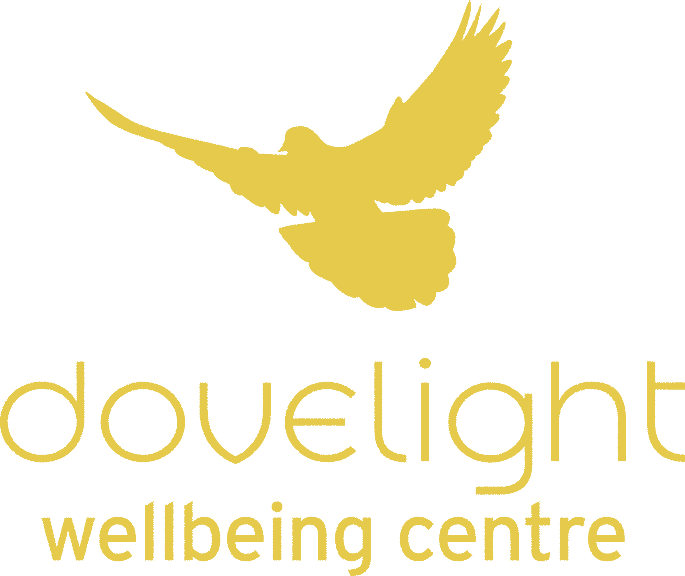Spotlight On: The Alexander Technique
What is it?
The Alexander Technique, named after its developer Frederick Matthias Alexander, is a kinetic therapy that focuses on retraining the mind and body to unlearn negative habits that we have picked up throughout our lives. A teacher helps you to identify and lose the harmful habits you have built up over a lifetime of stress and learn to move more freely.
A therapist will observe your posture, movement, and thinking patterns while asking you to carry out simple everyday movements such as walking, standing up, or sitting down, to assess where you are carrying tension and teach you how to consciously release it.
What does it help with?
Poor posture is responsible for many issues that can affect our health & wellbeing and Alexander Technique is an incredibly helpful practice for identifying and relieving these issues. Most people who seek out Alexander Technique are suffering from chronic pain (backache, sore necks and shoulders, carpal tunnel syndrome etc). It can also teach you coping mechanisms for managing stress, anxiety and depression.
We did not evolve to sit on office chairs and sofas. So many health problems come from the ways we use ourselves in relation to the furniture we use. Also, the significance of breathing is so often overlooked, however, the Alexander Technique is a powerful way to rectify these issues.
Who is it good for?
If you’ve ever spent long periods of time working at a desk, standing for long shifts, or doing any kind of repetitive action, then The Alexander Technique is for you! It has also been shown to help with balance issues, stammering, and managing symptoms of Parkinson’s disease.
The Alexander Technique is also a favourite of performers of all kinds as it frees your body and mind, enabling you to move and think without tension or restriction. This enables actors to better get into characters as they are unburdened from their own bad habits, as well as feeling the health benefits themselves, leading French actress, Juliette Binoche, described it as ‘a way to transform stress into joy’.
For musicians, Alexander Technique releases tension and eases repetitive strain injury, which increases the quality of the music they can play. A singer will sing better without tension in their throat, a piano player’s hands will move better across the keys. It’s also a favourite for injury rehabilitation in dancers.
Our dovelight expert says
Cathy Sommer, is our resident Alexander Therapist. She says “We live in the times where many of us need extra support and wellbeing skills. I am full of hope towards the future, where anyone can live in a vitalized, connected, and embodied way. Alexander Technique gives a clear and unquestionable entering to that possibility. My clients gain from my hopefulness and the strength it carries. Becoming stronger and more resilient without extra effort, without muscular tension, and without an obsessive mind has inspired me to teach and share the Alexander Technique. I am passionate about making this embodied knowledge more accessible to people.”

